Off the coast of Queensland, about a 3 hour flight from
Sydney, is the largest living thing on Earth. The Great Barrier Reef is 2300km
long and is visible from space, comprising of thousands of different reefs,
hundreds of islands and over 600 types of coral, as well as being home to
countless species of fish, molluscs, starfish, turtles, dugongs and sharks.
We headed to Cairns, part of the Northern Great Barrier
Reef. It is easy to understand why Cairns is such a popular destination for
tourists and backpackers. It has an international airport, tropical climate and
is close to many of the attractions of the region. It is the only place in the
world where two World Heritage areas exist side-by-side. However, Cairns itself
is a little soulless. Everything felt a bit drab and run down, unless you were
by the marina where everything was flashy and overpriced. Going again, I would
recommend staying somewhere further along the coast like Port Douglas. An old
fishing village, we drove through here on the way to the Daintree Rainforest,
and it has a much more relaxed vibe and beautiful (but crocodile infested) beaches.
Unlike Cairns, it retains its old fashioned charm and there are numerous day
tour options which depart from Port Douglas daily.
Driving up the coast, we had a brief breakfast on Four Mile
Beach before heading up the winding coastal road to Cape Tribulation. There are
amazing views to the east, over the Great Barrier Reef and north to the Cape itself.
The name Cape Tribulation is traced back to the British explorer, Captain James
Cook. Apparently, Cook was trying to find a way through and his ship ran into
Endeavour Reef northeast of Cape Tribulation. He wrote “I name this point Cape Tribulation,
because here began all my troubles”. Cape Tribulation is as far as you can go
in a 2WD, the sealed road ends and the track continues to Cooktown as a dirt
road suitable for 4WD only.
Often called ‘the place where the Rainforest meets the reef’,
the Cape Tribulation/Daintree region is recognised as a major centre of plant
and animal diversity. The Daintree Rainforest is one of the oldest continuous
living tropical rainforests in the world and it holds one of the most complete
and diverse living records of land plants and is home to the largest range of plant
and animals species that are rare or threatened, anywhere in the world. We took
a short stroll along the Dubuji Boardwalk which took us right through the forest.
It was amazing, with the huge fan palms and roots winding around the tree, it
felt very Tolkien. The end of the boardwalk took as through dense mangroves before we ended up on Myall Beach. Most of the beaches in this area give you the feeling that you have the whole place to yourself; vast expanses of sand and water and coconut palms. We also headed to Cape Tribulation Beach, which is located on the north side of the Cape. It is protected by the headland so the water is usually calm and clear. There was a short walk along the headland which took us above the beach, providing an amazing panorama of the surrounds. The only downside to all these beautiful beaches is that none of them are netted and there are plenty of warning signs about Box Jellyfish and Crocodiles which was enough to put me off going for a proper swim! Instead we headed back to Cape Tribulation Village and stopped at Mason’s Shop which has a “secret” fresh water swimming hole nearby. Perfect for going for a refreshing swim without the worry of getting stung, bitten or eaten….
 |
| Daintree canopy |
 |
| Cape Tribulation Beach |
 |
| View from the headland |
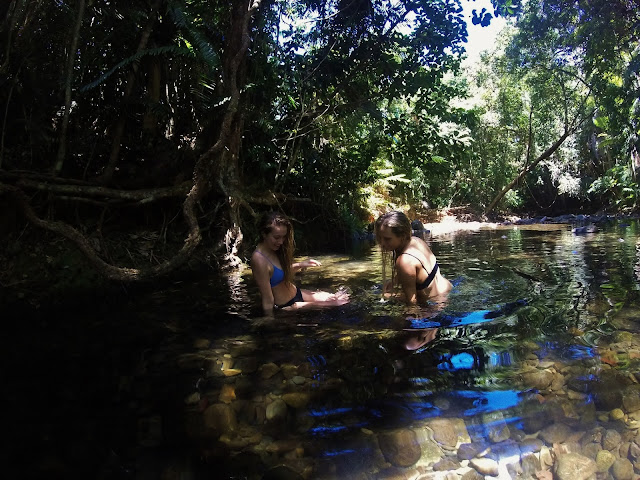 |
| Mason's Swimming hole |
The next day we were up early for a day out on the reef. We
sailed a small catamaran out to Upolu Reef which took about 2 hours. It was
such an enjoyable journey out, lounging in the bow-nets and looking onto
perfectly blue and calm waters. We were incredibly lucky with the weather,
despite the thunder storm predictions, it was very calm day, with perfect blue
skies, sun and not a single cloud – perfect visibility for snorkelling and free
diving. It was quite a shallow site with various types of hard and soft coral.
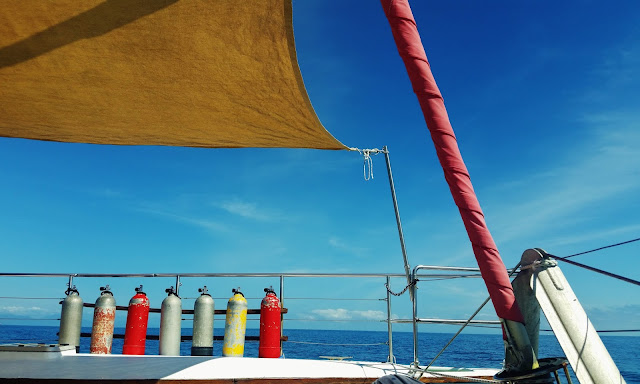 |
| Sailing out to Upolu Reef |
Because of its natural beauty, the Great Barrier Reef has become one of the worlds
most sought out and visited tourist destinations. But with that there are
consequences. Some of the most visited reefs are really showing damage caused
by human impact. Green Island, a small coral cay, has been one of Cairns’
primary tourist attractions for 50 years. Large catamarans operate several
times a day and transport hundreds of tourists to the island. As one local put
it Green Island is now “like mainland China.” As much as Trip Operators try to
instil and educate visitors, there is still a lack of care and the white sandy
beaches are no longer pristine, and most of the shallow coral surrounding the
cay has been destroyed by clumsy feet.
Upolu Reef by comparison was very well protected from human
impact. With only a few moorings permitted, access to the reef can be
controlled and we were the only boat there. Upolu Reef had another problem –
one that is faced by the majority of the reef: coral bleaching.
The main cause of coral bleaching is heat stress resulting
from high sea temperatures. So here’s the science. Most corals have a symbiotic
relationship with tiny marine algae (zooxanthellae). It is these algae that
also give coral most of their colour. They live inside the corals’ tissue and
provide the majority of the energy that corals require to grow and reproduce. When
the sea temperature increases it causes the relationship between the coral host
and the algae to break down and the coral’s bright white skeleton is revealed. Since
the majority of corals cannot feed themselves, they start to starve once
bleached and if the conditions persist, the bleached corals will die. Reefs
affected by bleaching take many decades to recover. Of course, there are other
stressors which can cause bleaching, including poor water quality from sediment
or pollutant run-off (oh hi port expansions in Cairns, Townsville and Gladstone.)
Dredging is also undertaken in coastal Reef waters to allow access to these
ports by large coal and gas carriers. Dredging means that fine sediments are thrown
up in the water which suffocates the coral as well as destroying the natural
habitat for turtles, dugongs and fish.
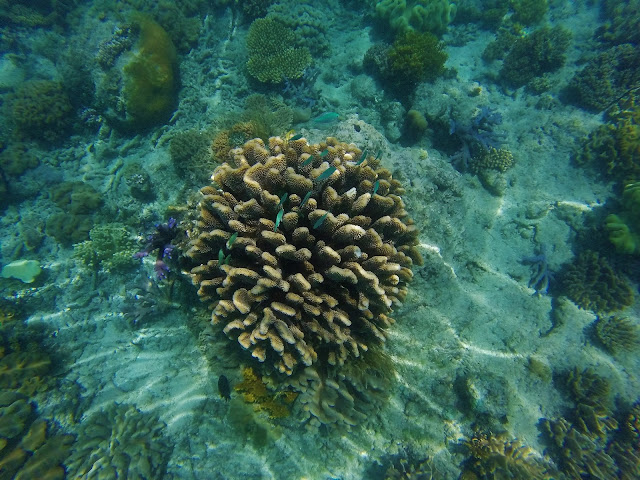 |
| Upolu Reef Coral |
 |
| Angel Fish next to Stag Coral which is starting to recover from bleaching effects |
A recent survey found that between Cape
York and Port Douglas there was a ‘severe’ bleaching intensity – more that 60%
bleaching. It was also found that there was a 22% mortality rate across the
reef. The recent Barrier Reef obituary went viral online:
http://www.outsideonline.com/2112086/obituary-great-barrier-reef-25-million-bc-2016.
The article makes for quite a good read (if not entirely factually accurate),
but as scientists were quick to point out, there is a very big difference
between dying and dead. There is no denying the Great Barrier Reef is in
serious trouble, but instead of saying that the reef is dead, the message
should be that it isn’t too late for Australia to do something to better protect
the reef.
I was quite upset by the state of Upolu Reef. While we saw a
great diversity of fish, clams, star fish and even a sea turtle, the majority
of the coral was bleached. We spent a couple of hours snorkelling and free diving
to the bottom (Upolu Reef is quite shallow) and it really hit me that apart
from the fish there was no real colour – just blue sea, white sand, white
coral. The highlight of the day for me was the sea turtle. It appeared out of
nowhere and suddenly we were swimming with it. They are such amazing animals.
This one was so calm and let us swim right up to it. I’d never seen one in the
wild before and it was a definite bucket list item for me. When swimming with
turtles, careful not to swim directly over them as they do come to the surface
for air. We also found nemo and baby nemo! There was also a barracuda which
kept on doing laps around us which slightly terrified me....they have such evil
faces and although attacks on humans are rare, they do sometimes happen and barracudas have
razor sharp teeth!
 |
| Free Diving |
 |
| Spot the Turtle |
 |
| Under the sea |
 |
| Barracuda - scale not apparent in picture but was about 1 metre! |
Back on the boat for lunch I was talking to Paul the skipper
about the reef in general and about the sea turtle we had just swum with. He
pointed out a small tinny nearby which had pitched up while we were still in
the water and told me that they were spearing turtles. My reaction was instant
outrage and disbelief. How is this possible? Surely it can’t be legal? Aren’t
turtles protected? Isn’t the entire reef a protected marine park?? So many
questions, one response: Native Entitlement. Under the Native Title Act 1993, Aboriginal and Torres Strait
Islanders have the right to take marine resources, including hunting of marine
turtles for personal, domestic or non-commercial communal needs. Marine turtles
have important cultural and social values for Aboriginal and Torres Strait
Islander people. Hunting these species has important ceremonial purposes and
also provides valuable protein in regions where fresh food is difficult to
obtain. But unfortunately the majority of turtles are not being hunted
sustainably, humanely or for traditional reasons, but to feed a flourishing
black market. And the government have no way to control or monitor this hunting.
I would note that this hunting is not limited to sea turtles; dugongs are also
a popular target. Do a quick google and there are numerous horror stories of
how these animals are hunted and the cruel way they are often killed. An
amendment to the Native Title Act is required to outlaw fishing and hunting in
"green zone" protected sea areas to prevent the hunting of turtles and
dugongs within the marine park. Charities are often reluctant to take on this
sensitive issue as they are accused of racism. I would argue however, that it
is nothing to do with racism. The outdated act does not reflect the endangered
status of these animals, nor does it consider the fragile current state of the
reef. There have been a few attempts to get this issue addressed by the
government but there has still been little to no action on banning hunting in
green zones.
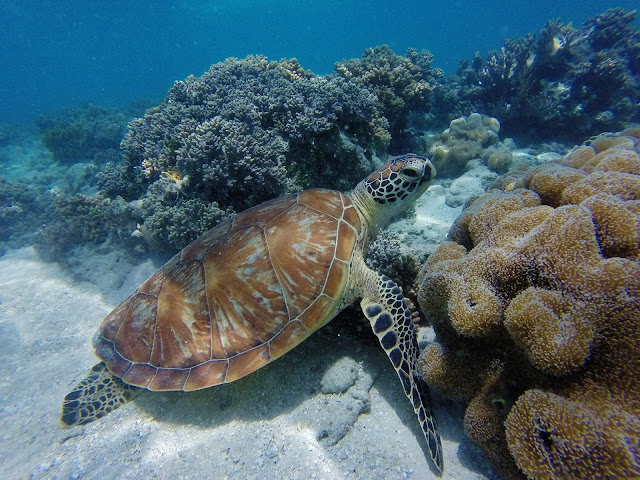 |
| Endangered Sea Turtle |
 |
| Found Nemo! |
So
overall, while I had an amazing time in North Queensland it has made me very conscious
of our impact on this world, especially as the Australian government seems to
show little concern. My current campaign of harassing Malcolm Turnbull on Instagram
doesn’t seem to be getting much response so feel free to help me out
@TurnbullMalcom. You can also tweet him and @JoshFrydenberg, Minister for the
Environment and Energy. We need to remind the Australian Government it is their
job to protect the Reef but also the thousands of jobs and contribution it
provides to the Australian economy. Australia has a global responsibility to
look after the Reef for future generations. Fight for the Reef is
a great organisation set up to help protect and campaign for the reef. They
have managed to stop three coal port expansions and secure a ban on capital
dredge spoil dumping in the reef world heritage area. While this has already
made a huge difference, there is still an uphill battle in trying to get
Australia to invest and support renewable energy to minimise the impact of
global warming on the reef.
 |
| Australia has a global responsibility to look after the Reef |




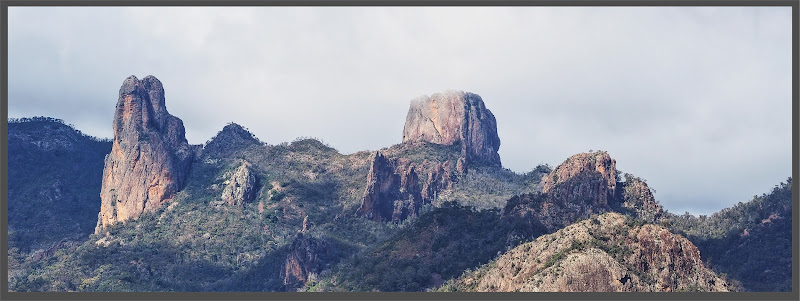
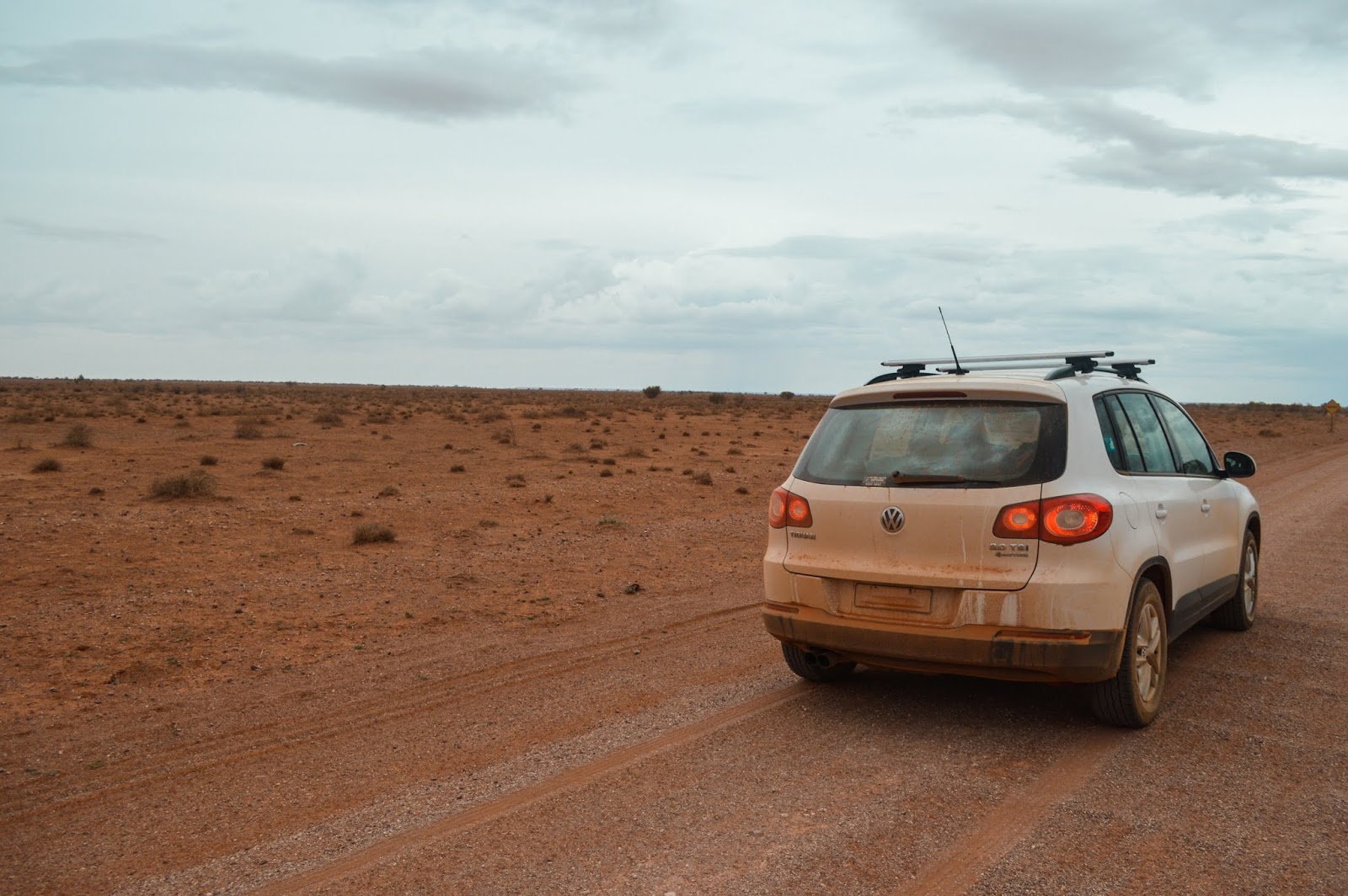
Comments
Post a Comment